Ishveen Anand
Influencer Marketing has ballooned into a $25 billion industry, yet many marketing managers are left confused by this, because for them, it’s really not delivering the results to justify the hype.
Here’s the thing. Influencer marketing is not a one-size-fits-all marketing strategy such as Facebook or Adwords advertising. Each company needs to take a closer look at what influencer marketing can achieve, where it falls down, and how you can do a better job with this latest form of marketing that delivers, on average, $6.50 of value for every $1 spent.
The analysis below relies on clients and case studies from our experience at OpenSponsorship.com (my company) which is the largest marketplace connecting brands with over 5500 professional athletes for marketing campaigns.
With over 3500 deals to date across clients as big as Vitamin Shoppe and Anheuser Busch, established players like Jabra and Project Repat, and new startups like Brazyn and Gutzy, we have seen a lot go wrong (who knew you could disable comments on a post!) and a lot go right (an unknown skiier’s $100 Instagram, posted right before the Winter Olympics, going viral after he won the Silver)!!
Thanks to our in-house data experts, integrations with IBM Watson, robust ROI tracking tools and 10 years+ of experience combining the learnings of sports sponsorship with influencer marketing, we have gained extensive insights into campaign strategies.
We will share our learnings about what criteria to consider when choosing the best influencer to work with, figuring out how much to pay the influencer, what rights to ask for in the deal, what terms and conditions are reasonable and how to track ROI for the deal.

Table of Contents
- Who is the right influencer?
- What is the right price to pay?
- What rights to include in the deal?
- T&Cs: need-to-have vs. nice-to-have?
- ROI, the holy grail, what and how to track?
- In Conclusion…
Who is the right influencer?
At OpenSponsorship, we match brands with athletes for marketing campaigns, with a view to further expand into other areas of media and entertainment such as music artists, comedians, actors. Even within the athlete world, there is the concept of micro-influencers such as yogis, triathletes, marathon runners, all the way to macro-influencers such as NFL Quarterbacks, starting NBA point guards and everything in between.
Our 3 recommendations for picking the right influencers are:
- Authenticity – if you are a vegan brand, make sure your influencer follows a vegan diet. If you are a pet brand, make sure the influencer has a pet. There are two ways to judge this, from the influencer pitch when they apply to work with you and from the content of their social media. Don’t be scared to ask for evidence of what makes them the “right fit”. Authentic relationships resonate the most with consumers, thus, the more authentic the match, the more organic the post, the higher the chance of sales.
- Focus on campaign objectives – if the aim is to drive sales, then you want to be considering Instagram stories where you can include links to a website, which means finding someone strong on Instagram. If you want to be driving education through video, and YouTube works best, stick to finding influencers strong on YouTube. Knowing upfront your end objective and the method to get there, will help you secure the best influencer to drive ROI.
- Best value – This doesn’t necessarily mean the cheapest, just the one that is going to deliver the best ROI. The I in ROI stands for investment so being able to keep that down to deliver a good R(eturn) helps the overall formula. We recommend doing one-off deals as tests with influencers, and then doubling down on the ones who deliver results by turning them into long-term deals. Another great tactic is offering varying types of compensation such as product, cash, royalties and equity (if possible).
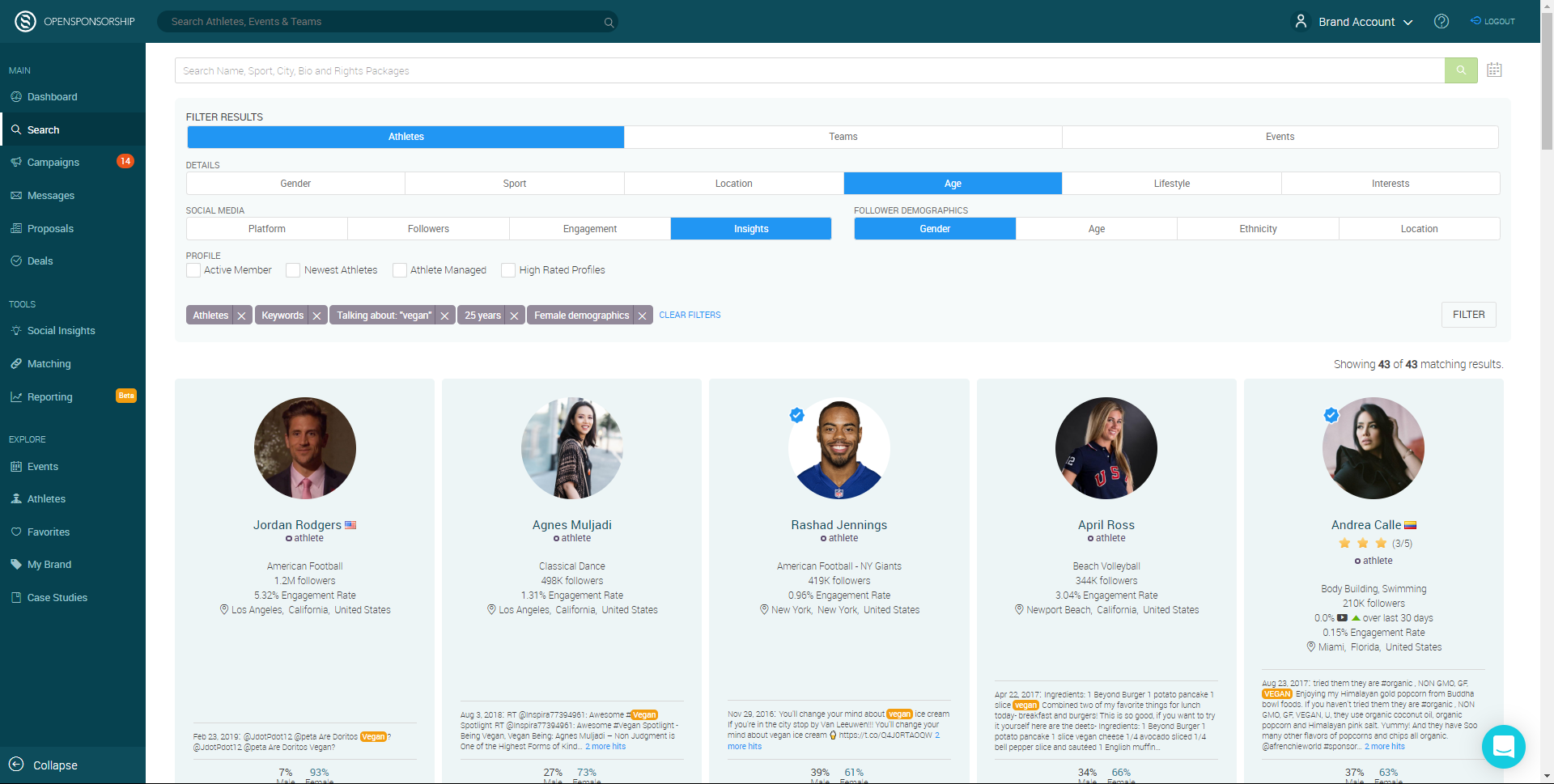
A screenshot showing 5 of the 43 influencers on OpenSponsorship who have mentioned Vegan on social media, and are over 25 and have a predominantly female following on Instagram.
What is the right price to pay?
On OpenSponsorship, 40% of our deals involve just product exchange, with another 40% in the $500 – $5K range and the final 20% being on average $20K.
Three questions arise when it comes to price:
- What is the total budget for the campaign?
- How do you want to break this budget down among the influencers?
- Will the objective of the campaign be achieved with this breakdown?
For example, one of our clients had a $10K budget for athlete influencers. This is how they split their budget:

Of course, the ideal scenario is that every range originates sales, but the above is important to set expectations. A great example is a deal between NFL athlete Bud Dupree and Sleefs which generated 118% conversion rate, 60% increased page views from his fanbase and the average customer stayed on the brand site for 91% longer than average. This deal generated sales even with it being in the mid-range level (as defined above).
What rights to include in the deal?
With OpenSponsorship matching brands to athletes, any sports fan in the company will, of course, be excited to see these matches being made, and any team member with marketing or sales goals, would love to get some benefits passed their way from the deal. Add these benefits into the deal up front to get more value from the deal, e.g.
- Time with the athlete for a press interview for the PR team or agency
- A blog post for the SEO team, which can increase CTRs (like this between Glassdoor and Draymond Green)
- Access to amazing images for the design team for homepage branding to reduce bounce rates (like this between US Olympian Isabella Echeverri and Verve)
We always recommend asking for more upfront, as long as it’s reasonable and doesn’t take too much extra time from the influencer when delivering the deal. A client of ours, Scojo, a glasses brand, is using OpenSponsorship to find athletes to wear their glasses on screen. In each deal, they ask for a quote for PR and content to include on their website.
Along with extra rights, you want to make sure the main benefit you are asking for – let’s say an Instagram post – does the job. This means appealing to the influencer’s audience, so they pay notice, and educating the fans on why the influencer loves the product.
Make sure the tags are right, there are no typos or mistakes and, if possible, ask for 2 posts giving the influencer’s audience two chances to see the partnership in action, and appearing to be a more authentic relationship. Here we see how Scojo managed to tick these boxes with MMA personality Karyn Bryant.
T&Cs: need-to-have vs. nice-to-have?
All marketers understand the frustrations of social media platforms changing APIs, rules, algorithms on a daily basis. This also affects influencer marketing, thus one small rule change can be the difference between a wildly successful campaign and an absolute flop.
We at OpenSponsorship believe the more T&Cs the better to avoid confusion at a later date. The first time we saw an influencer disable comments on a sponsored post, we decided to write this is as a T&C in our standard deals.
Exclusivity is a term that comes up a lot, yet we tell brands not to include in short-term influencer deals, it increases the price without bringing much reward.
Recently, more and more brands are requesting rights to put media spend behind the post to boost to lookalike audiences. We highly encourage brands to include this in the terms, which protects you from paying extra fees if you love the content and decide to re-purpose.
ROI, the holy grail, what and how to track?
Every CEO is aware of the concept of OKRs when running a team and company; the same principle of being obsessed with a small number of targets coincides with marketing campaigns. At OpenSponsorship, we ask brands to set a series of goals for their campaign, and we ensure that the integrations are in place to best track the results, such as Google Analytics, Shopify, Social Media, Coupon Codes and UTM tracking links. Below is a screenshot of how we show these reports and thus provide attribution.
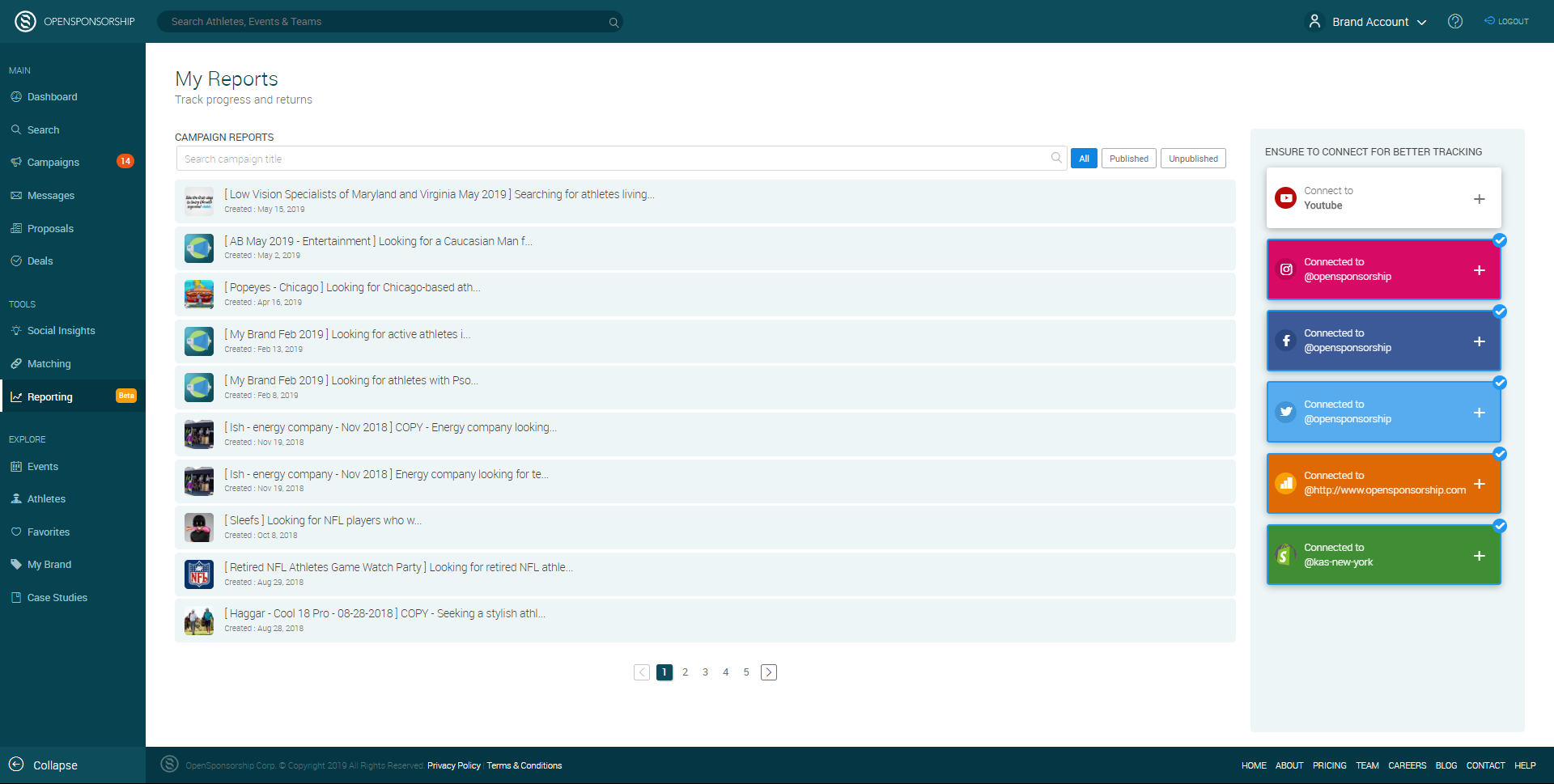
Make sure to amplify the influencer post through your own methods to drive ROI, e.g. reposting the content on your own channel – fact: athlete content receives up to 7x more engagement. If you’re focused on email marketing, include the influencer post in emails / their name in the subject line, which can increase click-through-rates by 9x.
Additionally, when our brands have integrated content into their websites, they’ve seen conversions increase and bounce rates decrease through the validation of having the influencer reinforcing the value behind their product.
There are also a lot of intangible aspects of the deal when working with influencers that can be hard to put into numbers or standardized tracking. E.g. the below deal between Chicago Bulls shooting guard, Denzel Valentine, and Popeye’s got 13000 likes and comments from a number of NBA athletes including Draymond Green!
In Conclusion…
Despite the uncertainty and perceived inconsistency looming over influencer marketing, the validation of having a trusted source endorse your product to their invested followers has demonstrated to be extremely effective and scalable. Just remember to stick to the 4 key pillars of a successful influencer marketing campaign (below), and enjoy the results!
- Pick the right influencers based on authenticity, good value and matching their capabilities to your goals.
- Try to test many athletes on lower value, one-off deals and then scale into long-term deals with those that deliver strong ROI
- Less is more when including rights, that you can share with the wider team within your company. Don’t fixate on rights such as exclusivity of 12-month rights to an image which you won’t use anyway
- Track ROI with realistic expectations on what success looks like. If spending less than $5K we recommend focusing on brand awareness vs. sales
P.s. even if your company is not endemic to sports, athletes could be a great influencer for you, remember, athletes have families, pets, love fashion, charity, technology, gaming and many other interests outside of their sport. To see if any athletes are talking about what you care about, check out OpenSponsorship.com.

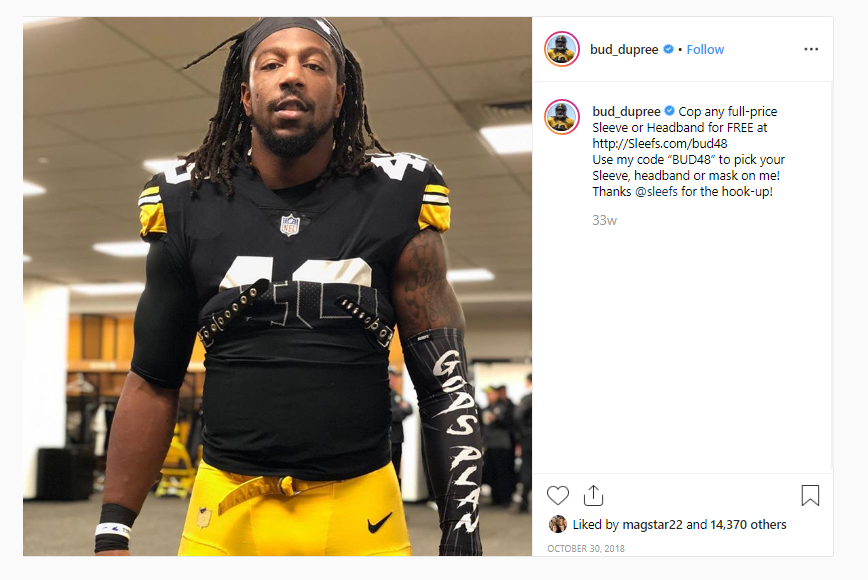
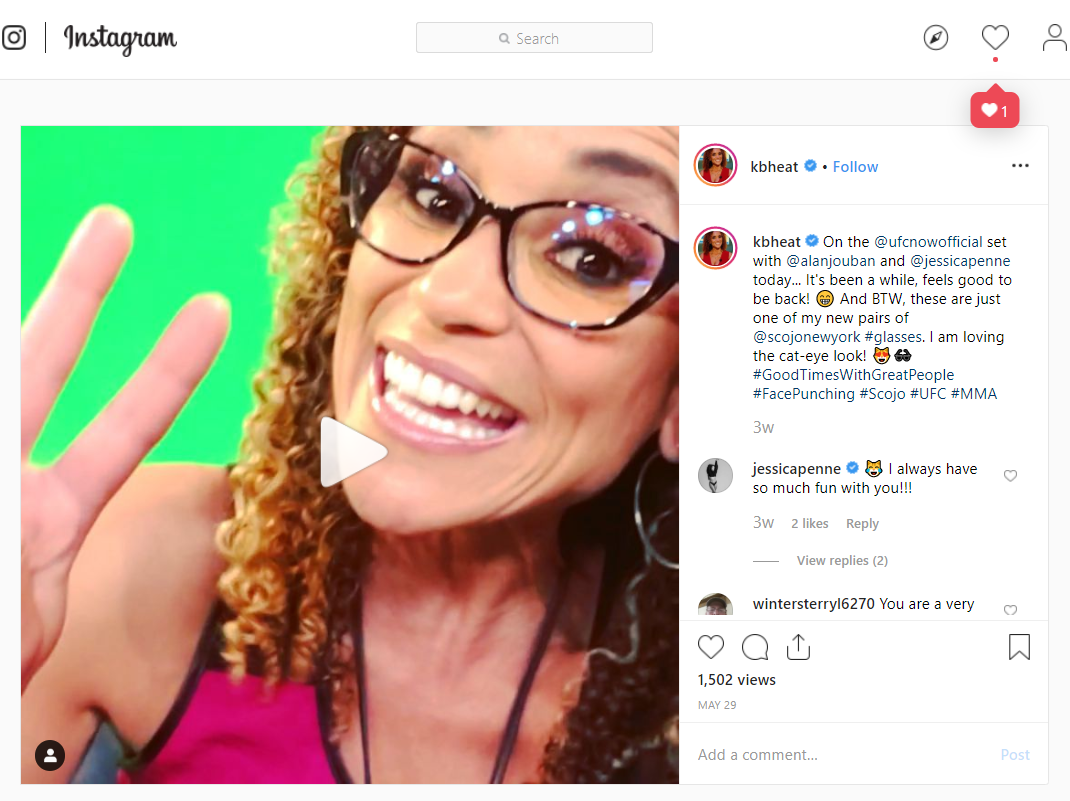
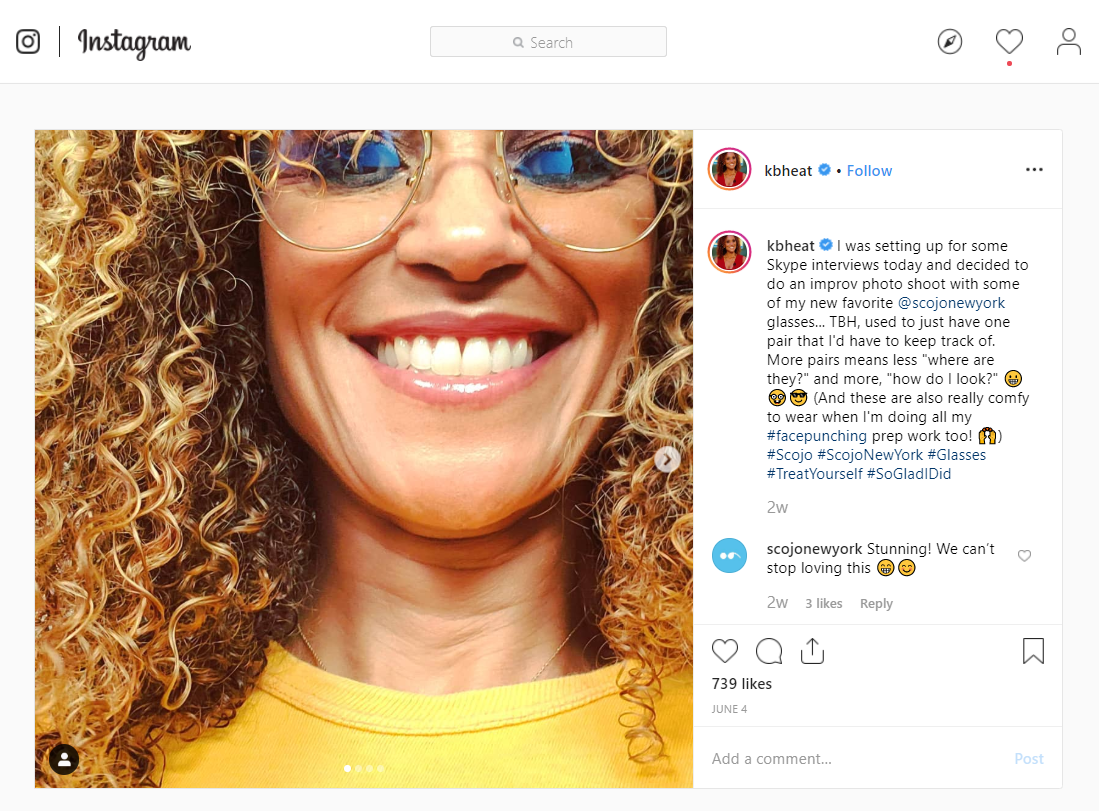
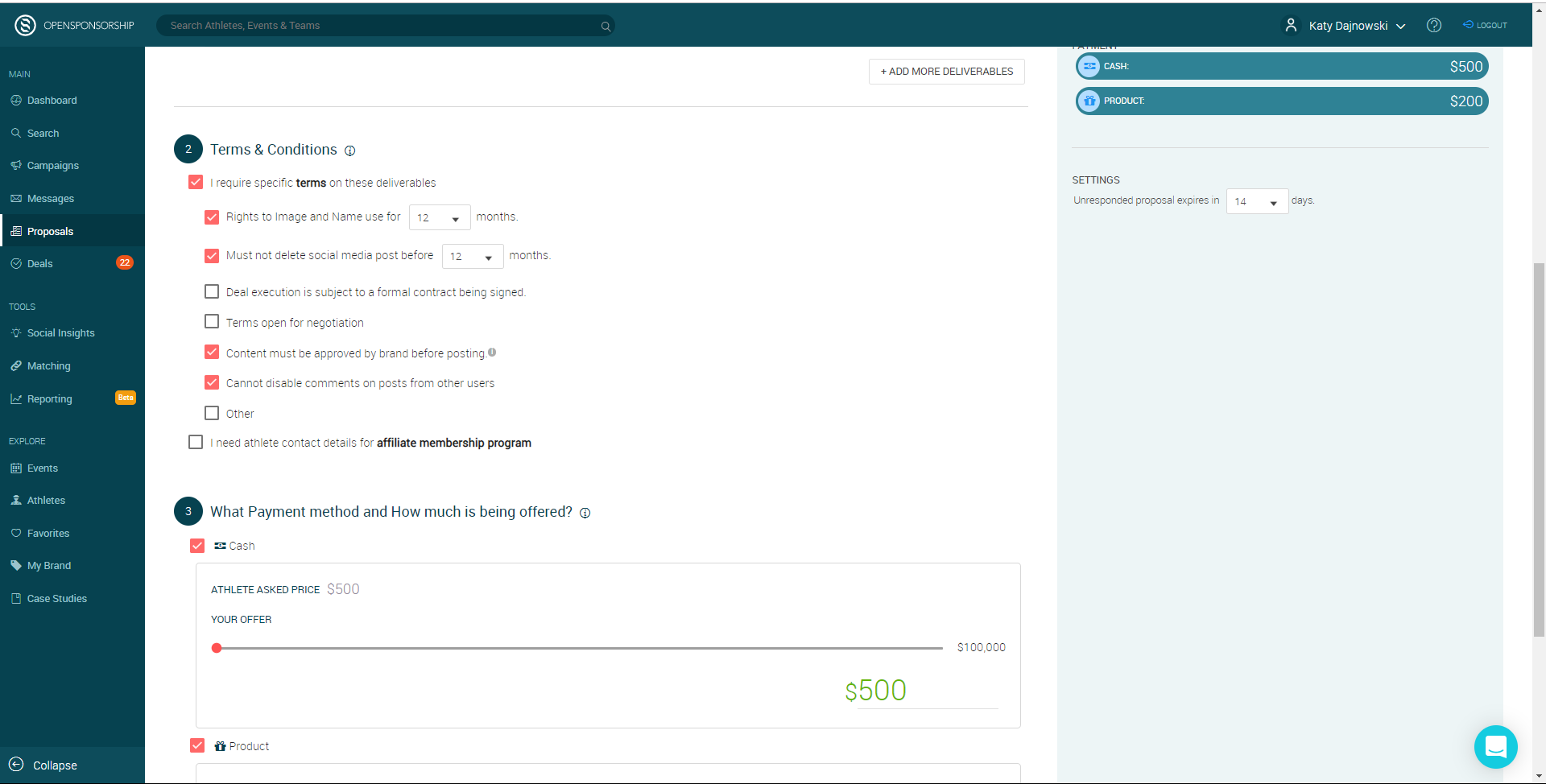
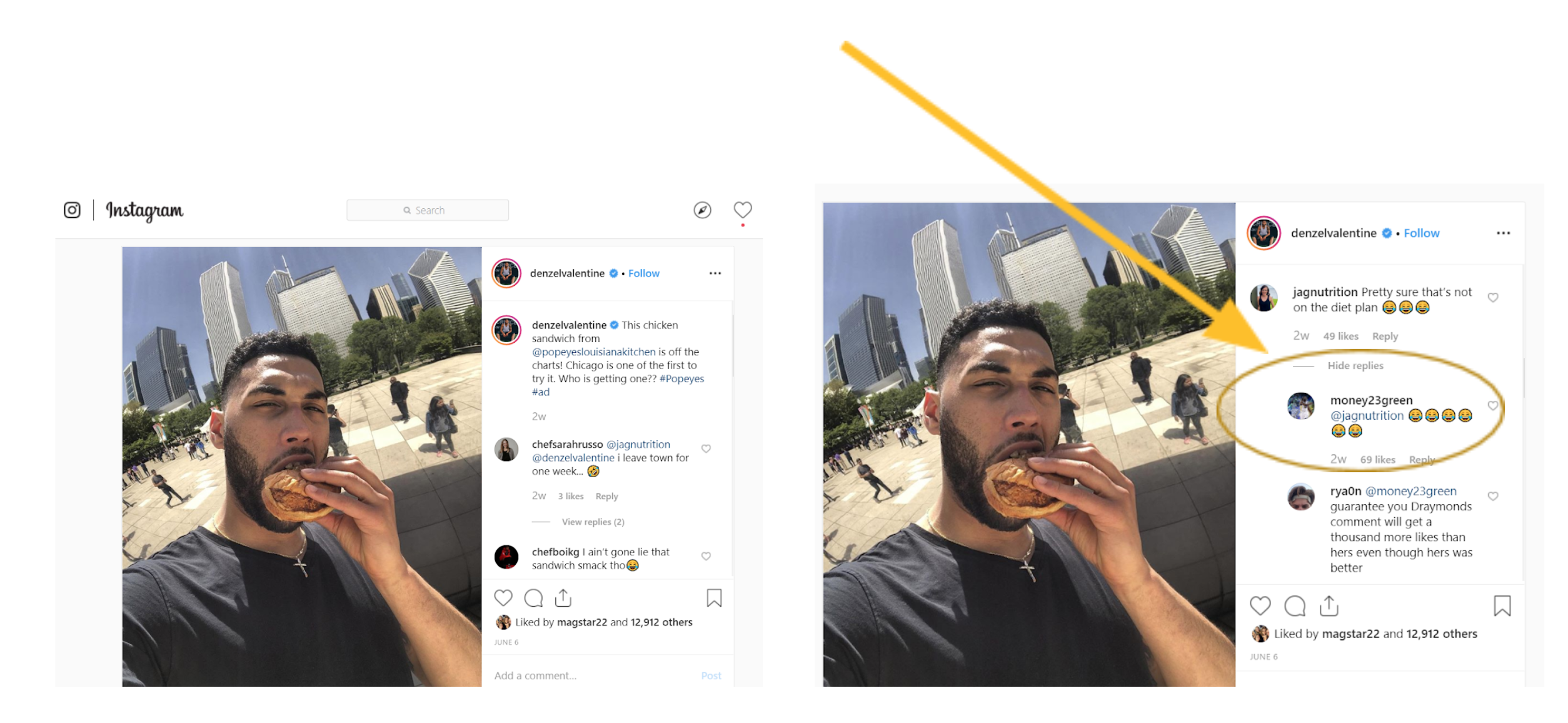





























Comment